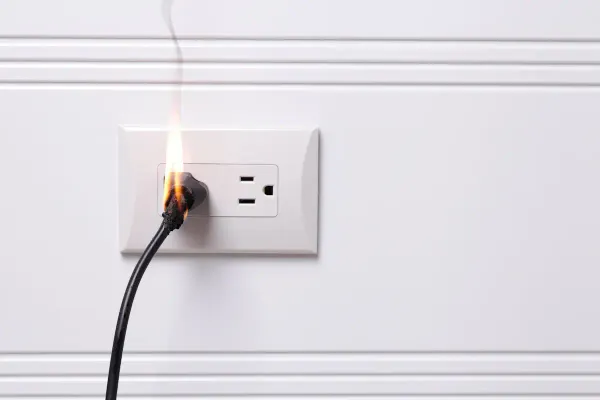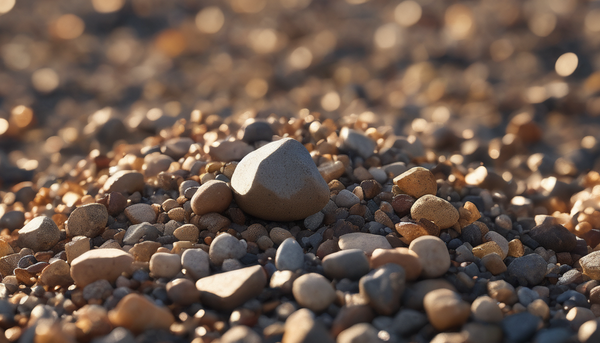Do you have a project in mind that calls for a plexiglass, also known as acrylic glass? This unique material, known for its strength, clarity, and weather resistance, is a favorite among craft enthusiasts and professionals alike. But when it comes to cutting plexiglass, it's essential to approach the task with the right tools and techniques. This guide will walk you through how to cut plexiglass efficiently, accurately, and safely.
Understanding Plexiglass
Plexiglass, or acrylic, is a lightweight, versatile, and durable material used in a wide range of applications, from home improvement projects to commercial designs. It's preferred over traditional glass because of its strength and shatter resistance. Understanding the properties of plexiglass is the first step in mastering the art of cutting it.
Tools for Cutting Plexiglass
Before you start, ensure you have the right tools on hand. They may include a utility knife, a circular saw, a jigsaw, or a router, depending on the thickness of your plexiglass and the complexity of your design. Remember to equip yourself with safety glasses and gloves for protection.
Cutting Plexiglass: Step by Step
1. Mark your Measurements
Use a measuring tape and a marker to outline the exact size and shape you need on the protective film of the plexiglass.
2. Score the Plexiglass
If the plexiglass sheet is less than ¼ inch thick, a utility knife will do the trick. Firmly score along the marked lines several times to create a groove. This groove will guide your cut and help avoid unwanted deviations.
3. Snap the Plexiglass
After scoring, position the plexiglass edge over the edge of your work surface, aligning it with the scored line. Apply a swift, downward pressure, and the plexiglass should snap cleanly along the scored line.
4. Saw the Plexiglass
For thicker plexiglass sheets, a power tool is required. Circular saws or jigsaws fitted with a fine-toothed blade are ideal. Make sure to cut slightly outside your marked line to leave room for smoothing edges.
5. Smooth the Edges
Using a file or sandpaper, carefully smooth out the edges of your cut. Start with a rough grit and work your way to a finer one for the best finish.
6. Remove the Protective Film
Once you're satisfied with your cut and finish, peel off the protective film from the plexiglass.
Safety Tips for Cutting Plexiglass
When cutting plexiglass, remember that safety is paramount. Always wear safety glasses to protect your eyes from flying debris, and use gloves to protect your hands. Ensure your work area is well-ventilated to avoid inhaling any potentially harmful dust.
Choosing the Right Plexiglass
When planning a project involving plexiglass, understanding the different types available is crucial. The two main categories are extruded and cell-cast acrylic. Extruded acrylic is less expensive and easier to cut but may become deformed with heat or when cut incorrectly. On the other hand, cell-cast acrylic is higher quality, more heat-resistant, and cuts better but is typically more expensive.
Best Practices for Cutting Plexiglass
To guarantee a smooth, clean cut, several best practices are worth remembering. For instance, leaving the protective paper or film on the plexiglass until the very end prevents scratches during the cutting process. Furthermore, using clamps to secure the plexiglass can help ensure precision and prevent movement. Lastly, going slow, especially with power tools, can help prevent chipping or melting the acrylic.
Advanced Techniques for Cutting Plexiglass
While the most common method for cutting plexiglass at home is scoring and snapping, there are other techniques for more complex projects. Using a router, for example, can help create curved cuts, while a laser cutter can provide extreme precision for intricate designs. Remember, the right method will depend on your project's complexity, the tools available, and your comfort level with the process.
Maintaining Your Plexiglass
After cutting and installing your plexiglass, proper care will ensure it stays clear and scratch-free for years. Cleaning plexiglass requires a soft cloth and a non-abrasive cleaner, while minor scratches can be buffed out using a specially designed acrylic polish.
Applications of Plexiglass
The ability to cut plexiglass opens up a variety of applications, both for the home hobbyist and the professional. Plexiglass is used extensively in picture framing, due to its clarity and shatter-resistance. It also sees use in the construction of greenhouses, aquariums, and light fixtures, thanks to its UV resistance and the ease with which it can be shaped and cut. In commercial settings, plexiglass is utilized for signage, display cases, and protective barriers.
Plexiglass Versus Other Materials
When compared to other materials like traditional glass or polycarbonate, plexiglass stands out due to its lightweight nature and high impact resistance. Unlike glass, it doesn't shatter into dangerous shards, making it a safer choice for many applications. And though polycarbonate is more impact-resistant, plexiglass boasts superior scratch resistance and clarity.
Cutting Plexiglass: Trouble-Shooting Tips
Even with the best practices, you might encounter some difficulties when cutting plexiglass. Here are a few trouble-shooting tips:
Melting
If your plexiglass melts when you're cutting it, your saw might be moving too fast. Slow down the cutting speed and ensure the blade you're using has the right tooth count for the material thickness.
Chipping
If the plexiglass is chipping while being cut, the material may not be adequately supported. Make sure the plexiglass is firmly clamped down, or use a backing board to support it during cutting.
Cracking
Cracking generally happens when too much force is applied, especially during the snapping process. Ensure your scoring is deep enough, and apply even, controlled pressure when snapping.
The Environmental Impact of Plexiglass
It's worth noting that while plexiglass has many advantages, it also has an environmental impact. Plexiglass is a petroleum-based product and is not biodegradable. While it can be recycled in some areas, the process is not as widespread as with other materials. Always consider the lifespan and end-of-life disposal of your plexiglass products.
Conclusion
Deep Groove in Straight Lines
Learning to work with thin plexiglass offers a wealth of opportunities for creative and practical projects. While a glass cutter and a flat surface are your trusted allies for scoring and snapping thin sheets, thicker sheets of plexiglass may require the use of a power saw blade or jigsaw blade. Just remember, whether you're using a box cutter or a metal cutting blade, applying sharp downward pressure along an evenly spaced, straight line ensures a clean cut.
Sheet of Plexiglass
When dealing with thicker sheets, a dull blade cool-down period is essential to prevent melting. After the cutting process, a rubber sanding block helps to smooth out the edges, paving the way for the final touch: a polishing compound formulated for plexiglass. With a thin layer of this compound, your plexiglass edges will shine like new, matching the clarity and gloss of the rest of the sheet.
Embracing the process of cutting plexiglass opens up a world of creativity and innovation. Whether you're a DIY enthusiast or a professional craftsman, mastering these techniques and understanding the tools required will set you on the path to success with every project. So get started and bring your designs to life with the versatile and resilient material that is plexiglass.






